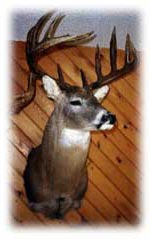| WILD GOOSE |
| WILD DUCK |
| PHEASANT |
| WILD PIGEON |
| TURTLE DOVE |
| WOODCOCK |
| CAPERCAILLIE |
| PARTRIDGE |
| QUAIL |
| STARLING |
| CROW |
| Main menu |
 |
STARLING ( Sturnus vulgaris ) This page is devoted to the death and destruction of the Starling killers . This bird has been an ecological disaster for many native species. Adult starlings are chunky birds the size of robins. In summer their plumage is glossy purple-green with numerous withe markings; the bill is yellow. During the winter, the back fearthers are much darker and edget in light brown. The bill also darkens to bluish-black. Colour is identical for both sexes. The starling's most prominent feature is an unusually short tail. Favorite foods include fruits and seeds, both wild and cultivated. Insects and other invertebrates make up about half the deit, especially during the spring breeding season. Wintering flocks often concentrate in great numbres at freedlots and livestock shelters. Often an abundant pest in city parks, suburbs and farms. Song is largely of squeaky notes, butimitates many birdcalls. Starlings nest in holes or cavities almost anywhere, including trees, birdhouses, buildings or rock piles. Females lay 4 to 7 eggs which hatch after 11 to 13 days of incubation. Young birds leave the nest when they are about 3 weeks old. Both parents build the nest and care for the eggs and hatchlings. Two broods each season are not uncommon. The optimum time for starling hunting is from the 1 August to the 31 March |
 |